The Serengeti
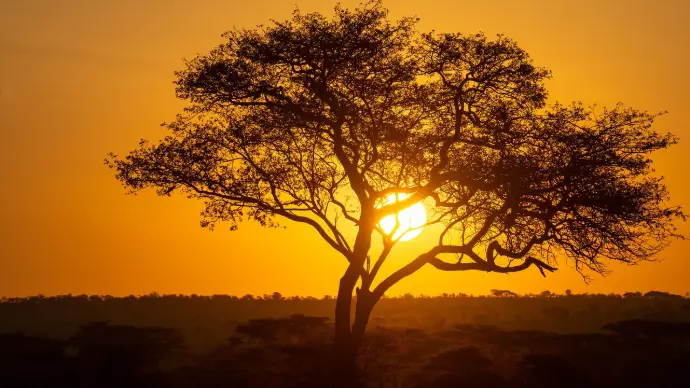
About Serengeti
The name Serengeti is said to come from the Maasai people who have lived on this remarkable land for centuries. Translated roughly, it means "endless plains" or "the place where the land runs on forever," a fitting description of the vast landscape that stretches out before you.
Covering 14,763 km² (5,700 sq mi) it is one of the world’s premier wildlife destinations. Located in the Mara Region of northern Tanzania, it spans northward into Kenya and borders Lake Victoria to the west. The park’s diverse habitats create a perfect sanctuary for a wide variety of species, from the largest mammals to the smallest creatures.
Serengeti is celebrated not only for its extraordinary wildlife but also for the rich prehistoric relics found within. The landscape itself is iconic, with sweeping grasslands, granite kopjes, and flat-topped acacia trees punctuating the horizon. Only two permanent rivers pass through the park, while seasonal gullies spring to life after good rains, adding to the ever-changing beauty of this incredible place.
Wildlife
Serengeti National Park is a biodiversity hotspot, teeming with a remarkable variety of wildlife. The park is most famous for the Great Migration, a movement of over 1.5 million wildebeest, zebra, and gazelle across the plains. These herbivores are followed by a large number of predators, including lions, leopards, cheetahs, and hyenas. The Serengeti is also one of the best places in Africa to see the "Big Five" – lion, leopard, elephant, rhino, and buffalo. In addition to these iconic animals, the park is home to a wide range of other mammals, including giraffes, zebras, gazelles, and numerous species of monkeys and primates. The Serengeti is also a birdwatcher's paradise, with over 500 species of birds recorded in the park.
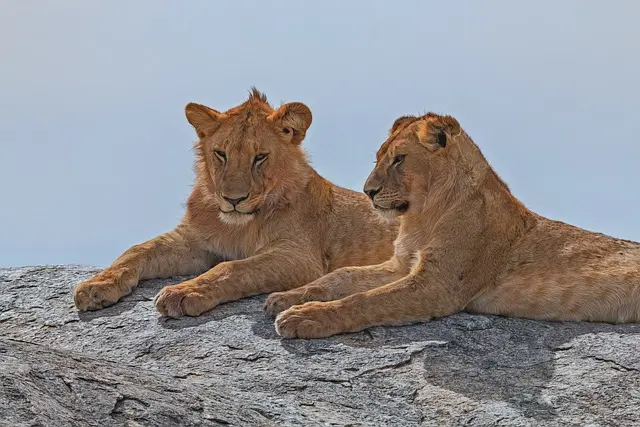
Serengeti Highlights
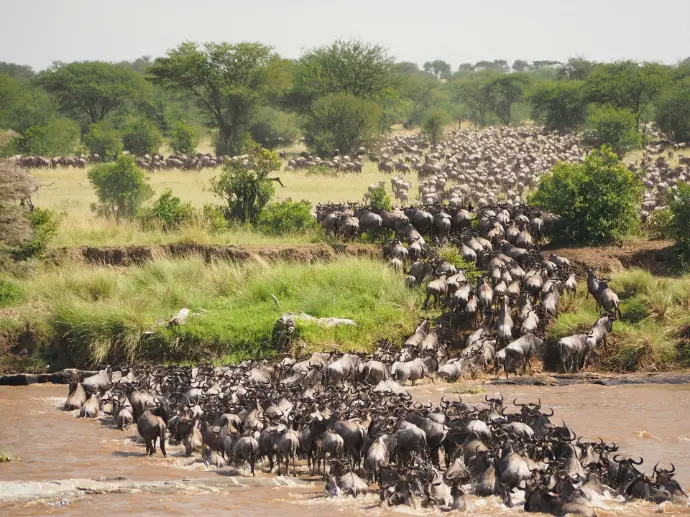
The Great Migration
Over a million wildebeest, along with hundreds of thousands of zebras and gazelles crossing vast plains, facing predators and treacherous river crossings in search of water and fresh grass every year creating a spectacular wildlife spectacle.
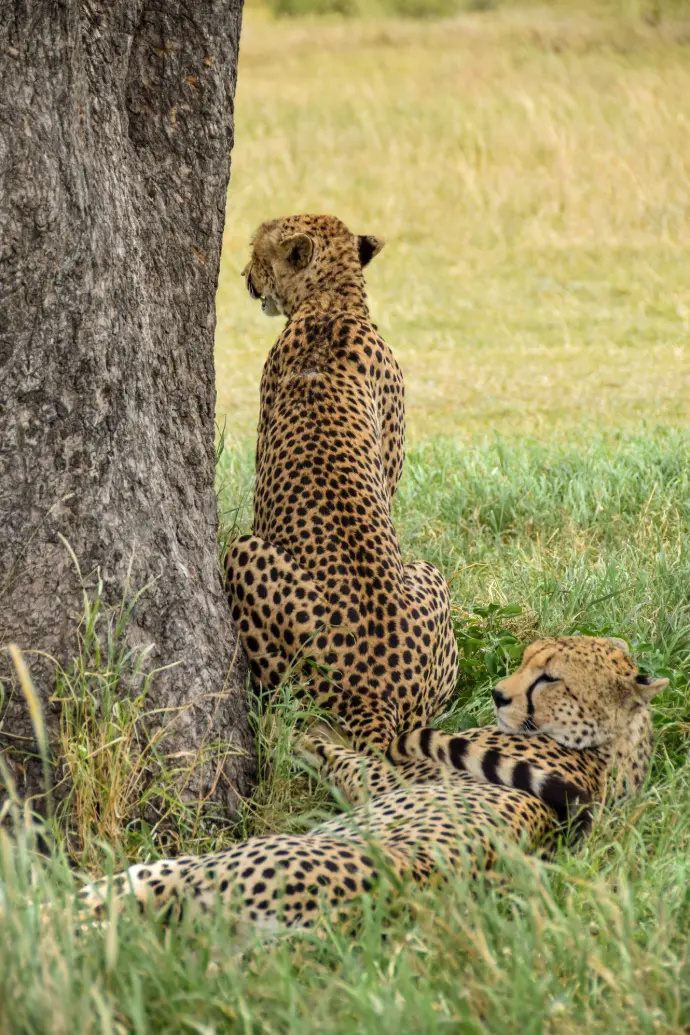
Predators
There is a vast abundance of predators in Serengeti primarily due to its rich ecosystem, which provides ample prey and diverse habitats.
The park is home to around 4,000+ Lions, cheetahs and hyenas.
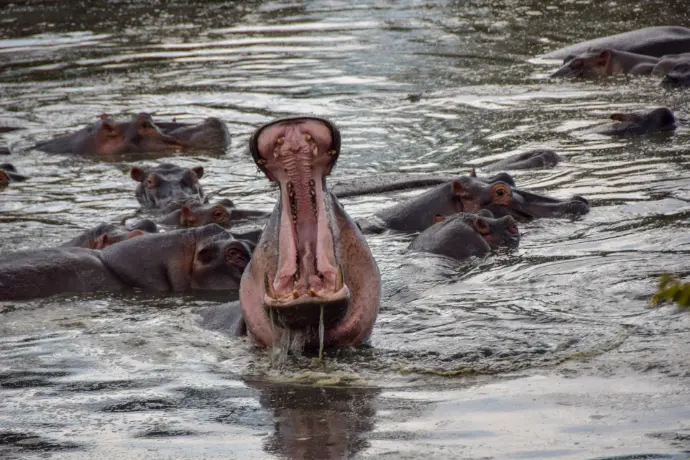
Retina Hippo pools
Home to large groups of hippos submerged in the cool water to escape the heat. In addition the area is also a great spot for other wildlife like crocodiles, buffalo, and various bird species that thrive in the surrounding wetlands.
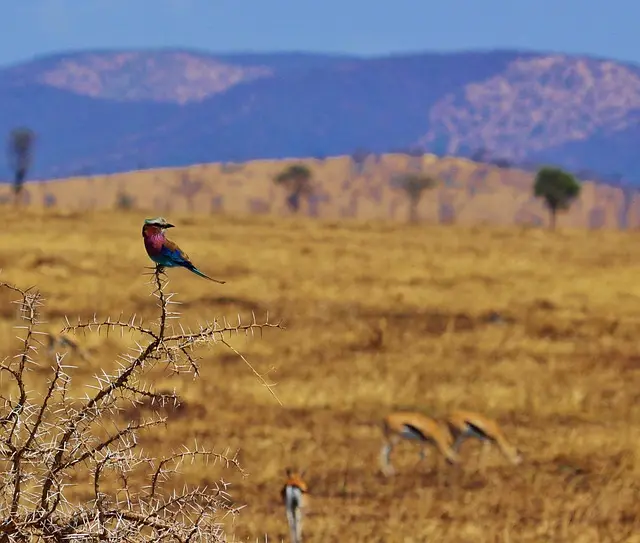
Meru Kopjes
Famous for being a haven for predators like lions and leopards as vantage points to scan the plains for prey. The area is also home to several species of birds, It is a sight to behold, Not to be Missed.
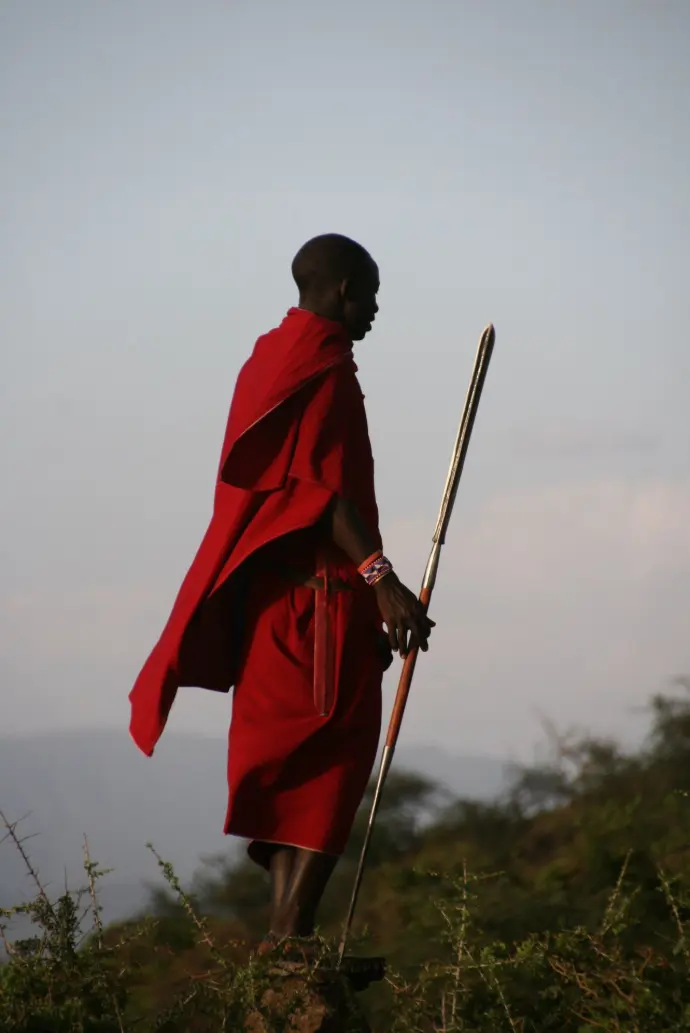
Maasai Cultural Experiences
Explore the rich heritage of the Maasai by visiting a traditional manyatta, where you can immerse yourself in their ancient and captivating culture.
Bird Watching
Home to an impressive 542 recorded bird species, including 11 that are endemic to the region making it a prime destination for birdwatching enthusiasts

Balloon Safari
In the early morning, when conditions are most favorable, you can drift in near silence above the wildlife dotting the expansive plains. It’s a moment of pure connection with the wild, a dreamlike escape into the heart of Africa.
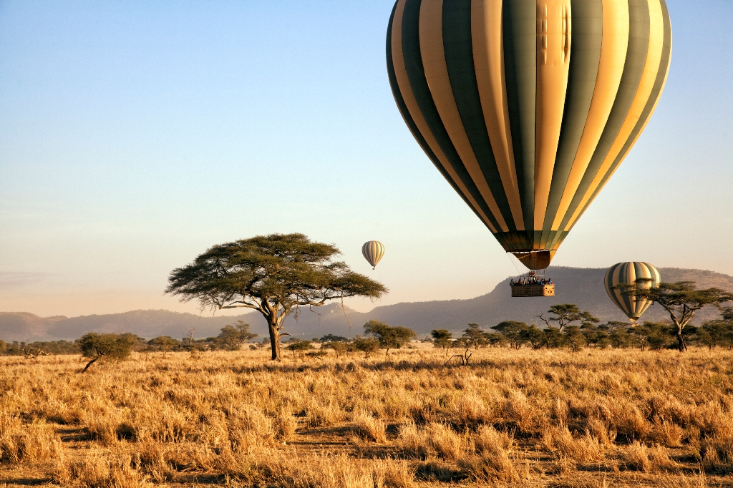
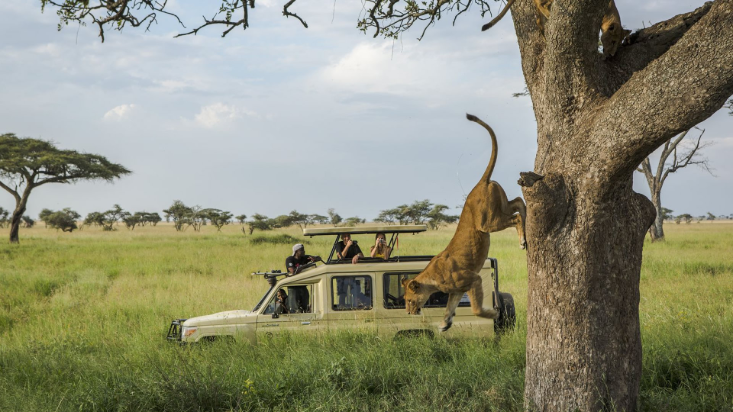
Game Drives
In a specially designed safari vehicle, accompanied by an expert guide, you’ll venture into the heart of the wilderness
exploring the vast landscapes and observe animals when
wildlife is at its most active.
Experience The Adventure
Activities
Visiting Timelines
Discover the best times to Visit Serengeti.

Dry Season
The sparse vegetation at this time assists with game viewing, and it is considered the best time to visit. Dry season runs from June to October.

'"High Season"
The peak tourist season in the Serengeti stretches from July
to March, during which the park sees higher visitor numbers, and accommodations
can be in high demand.

The Great Migration Season
The
timing of the Great Migration can vary based on rainfall, but June and July are
considered the prime months to witness it. During this time, the herds make
their dramatic crossings of the Grumeti River, with the Mara River crossing
following in September. The calving season on the southern plains reaches its
peak from late January through February, providing a unique opportunity to
witness the highest levels of predation—an experience for a lifetime.